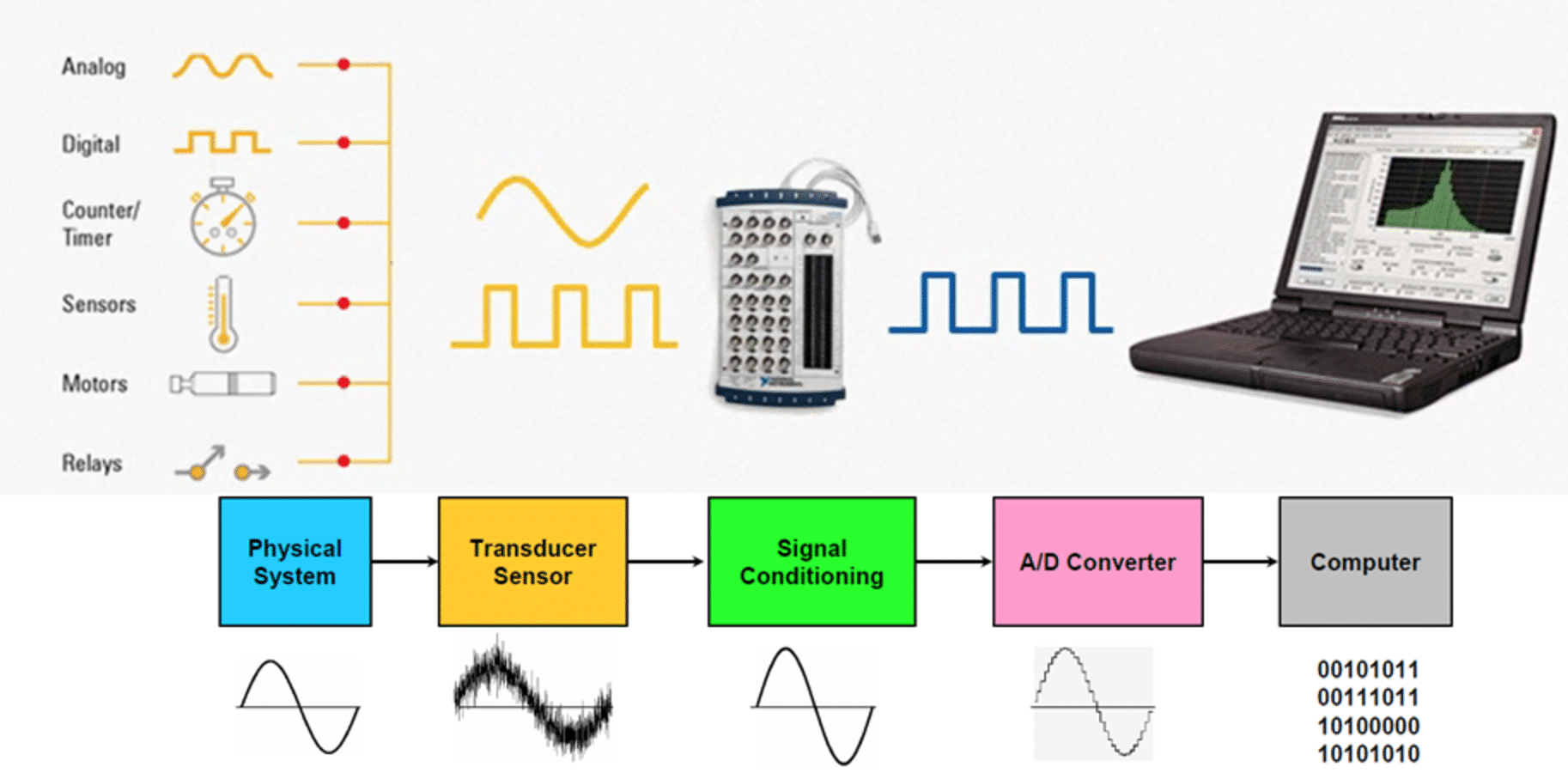Unlocking Insights: The Power of Data Acquisition Systems
Unlocking Insights: The Power of Data Acquisition Systems
Blog Article

In today’s world, where information is paramount and data is often referred to as the new oil, understanding how to effectively collect and manage this valuable resource is essential. A Data Acquisition System plays a crucial role in transforming raw data into meaningful insights, enabling organizations to make informed decisions and drive innovations. These systems bridge the gap between the physical and digital realms, capturing data from various sources and converting it into a format that can be analyzed and utilized.
Get Started
The significance of a Data Acquisition System extends across various industries, from manufacturing to healthcare. In manufacturing, for instance, these systems can monitor equipment performance and optimize production processes, while in healthcare, they can aid in patient monitoring and clinical research. As businesses recognize the need for real-time data analysis, the capabilities of Data Acquisition Systems become essential tools for enhancing operational efficiency and fostering a culture of data-driven decision-making.
Understanding Data Acquisition Systems
Data Acquisition Systems, often referred to as DAS, are essential tools designed to gather, measure, and analyze data from various sources. They bridge the gap between the physical world and digital processing, enabling the capture of real-time data from sensors and instruments. With their ability to convert analog signals into digital data, DAS play a crucial role in numerous applications such as environmental monitoring, industrial automation, and structural health assessment.
These systems typically comprise hardware components like sensors, data loggers, and signal conditioning devices, along with software that allows users to visualize and interpret the collected data. The integration of these elements enables users to monitor performance, detect anomalies, and make informed decisions based on accurate data analysis. Understanding the components and functionalities of DAS is fundamental for professionals seeking to harness the power of data in their respective fields.
The importance of Data Acquisition Systems has surged in recent years, driven by advances in technology and the increasing demand for data-driven insights. Industries are leveraging these systems not only to enhance operational efficiency but also to ensure compliance with regulatory standards. As organizations strive for continuous improvement, the ability to capture and analyze data effectively through DAS becomes a pivotal factor in their success.
Benefits of Data Acquisition
A Data Acquisition System offers significant advantages that enhance the efficiency and effectiveness of data collection processes. One of the primary benefits is the ability to gather real-time data from various sources. This capability enables organizations to monitor conditions and responses instantly, leading to timely decision-making. The immediacy of data allows for quicker reactions to changes in the environment, whether in industrial settings or academic research.
Another important advantage of Data Acquisition Systems is their ability to automate data collection. Manual data entry can be prone to errors, inconsistencies, and delays. By automating this process, organizations can ensure greater accuracy and reliability in their data. This not only saves time but also reduces the risk of human error, allowing teams to focus on analysis and interpretation rather than on gathering raw data.
Lastly, Data Acquisition Systems often come with advanced analytical tools that support deep data analysis. By leveraging these tools, organizations can extract meaningful insights and trends from the collected data. This analysis can lead to improved operational efficiencies, better forecasting, and enhanced product development. Ultimately, a robust Data Acquisition System transforms raw data into a strategic asset that drives informed decision-making.
Key Technologies in Data Acquisition
Data acquisition systems rely on a variety of key technologies to effectively gather, process, and analyze data. One of the most fundamental components is the sensor, which converts physical phenomena into electrical signals. These sensors can measure a wide range of variables, including temperature, pressure, and humidity. The choice of sensor is crucial, as it affects the accuracy and reliability of the data collected. Modern sensors also leverage advancements in materials and microelectromechanical systems (MEMS) technology, allowing for more miniaturized and efficient implementations.
Signal conditioning is another essential technology in data acquisition systems. This process involves manipulating the sensor output to improve the quality of the data before it is digitized. Signal conditioning can include amplification, filtering, and other techniques that enhance signal integrity. By ensuring that the data is free from noise and other interferences, the system can provide more precise measurements and insights, which is critical for applications ranging from industrial automation to environmental monitoring.
Data conversion technology plays a vital role in transforming analog signals into digital formats that computers can process. Analog-to-digital converters (ADCs) are key components in this stage, enabling real-time data analysis and storage. With advancements in ADC technology, including higher sampling rates and greater resolution, data acquisition systems can handle increasingly complex data sets. This enhancement not only improves measurement accuracy but also allows for more sophisticated data analytics, enabling users to unlock deeper insights from their collected data.
Report this page